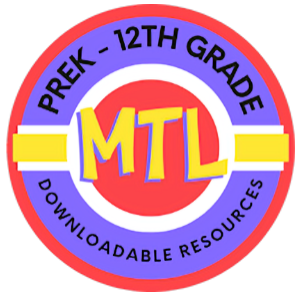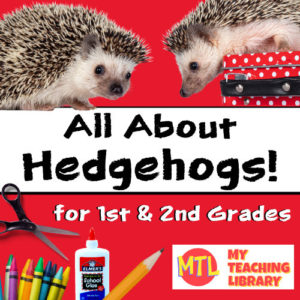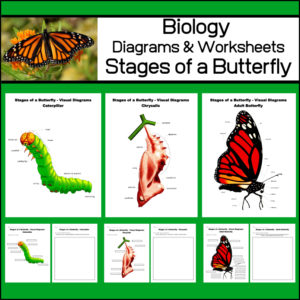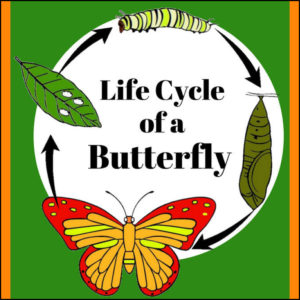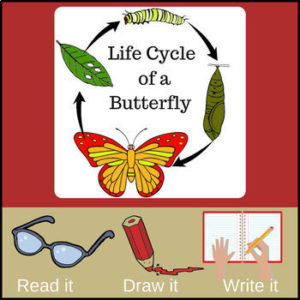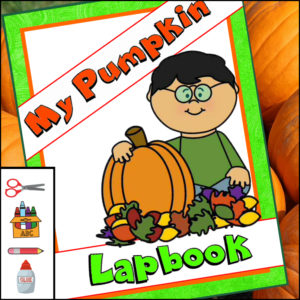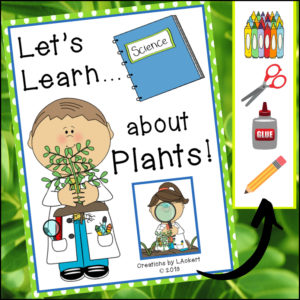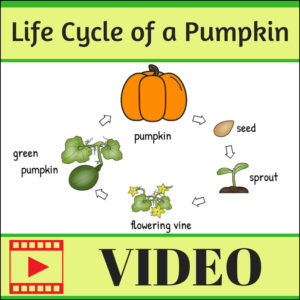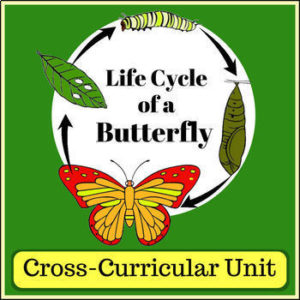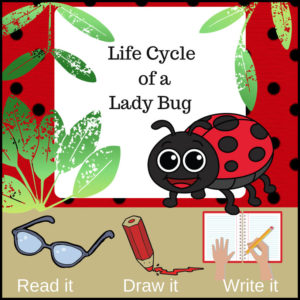Showing all 9 results
-
$4.00Buy Now
Students will learn all about hedgehogs, their life, habitats, life cycle and more with these activities and worksheets!
They will learn about where they live (habitats) their life cycle, that they are mammals, omnivores, nocturnal and about hibernation! This unit includes informational text with questions, tracing and copy work, creative and expository writing, plus activities including mini-book creation, ‘cut and glue’, drawing and more. All designed for the 1st and 2nd grader in mind to help build vital language arts skills as well as geography and science knowledge.
-
$3.00Buy Now
This Science / Biology resource provides diagrams (posters) and worksheets for 3 stages of a butterfly’s life cycle: caterpillar, chrysalis, adult. Each diagram is labeled and comes with 2 worksheets (1 with a picture and students will label each part; 1 for students to draw and label their own diagrams).
-
$1.75Buy Now
This Science resource will teach students the Life Cycle of a Butterfly and includes:
- * 2 color posters of the life cycle (1 with added details)
- * 1 b/w poster (for students to color),
- * 4 picture/information cards for each stage of the life cycle
- * 3 life cycle worksheets
-
$2.00Buy Now
This Science – Language Arts resource with have students creating their very own mini-book of the life cycle of a butterfly!
Knowledge students will learn: The book will begin with the butterfly laying an egg on a leaf and continue as a caterpillar begins to grow in the egg, hatches and begins to eat. Students will learn what the caterpillar eats and that it is a type of larva. As the book progresses, students will write about the caterpillar building a cocoon and it’s life as a pupa (and a chrysalis) before emerging as a beautiful butterfly!
On each page, students will … read the text, draw a picture and then write (copy) the written text.
-
$3.00Buy Now
This interactive unit for students will allow them to create a cute LAPBOOK about PUMPKINS! Great to use anytime, especially in October or November during the Fall Holidays.
See description below for more details on this resource AND suggested uses.
-
$6.00Buy Now
Let’s Learn about Plants is a Science resource that can be used in conjunction with your own curriculum or as a separate – individual unit! Students will be actively learning as the cut, color, paste, write and learn! They will learn about the parts of a plant and the life cycle!
Plant vocabulary: seed, sprout, seedling, plant, roots, stem, leaf, soil, sunlight, water, air, flower, bud, trunk, branch, crown.
-
$3.00Buy Now
LIfe Cycle of a Pumpkin Video is a great way to introduce or review the life cycle of a pumpkin. Great for visual learners!
Stages of the life cycle include: seed, sprout, flowering vine, green pumpkin, pumpkin (orange).
-
$4.00Buy Now
Butterfly Life Cycle Unit is a 49 page cross-curricular unit offering Language Arts, Science, Math and Art activities! By the end of your study, students will know all about the life cycle of the butterfly.
What is included? Puzzles, posters, worksheets (for tracing, matching, coloring, and completing the life cycle), coloring pages, songs, life cycle mini-book (for students to complete) and even a craft project.
-
$2.00Buy Now
This cross-curricular (Science / Literacy – Writing ) product will have students creating their very own mini-books detailing the life cycle of a ladybug!
Knowledge students will learn: The book will begin by identifying a ladybug as a beetle. The students will then learn that the mother ladybug lays tiny yellow eggs in clusters under a leaf and continues as the larva hatches and begins to eat. What do ladybugs eat? Students will find out! They will also learn what the ladybug pupa looks like before attaching itself to a leaf for changes to begin. Finally, an adult ladybug will emerge!
Students will:— read the text — draw a picture — write (copy) the written text
